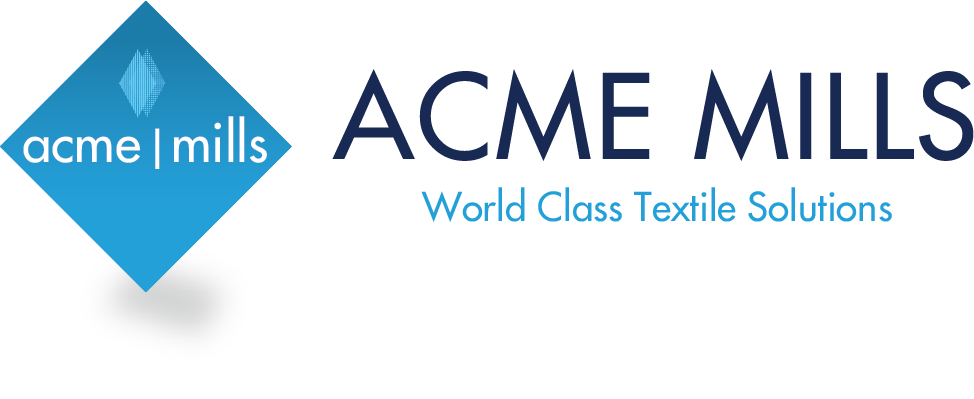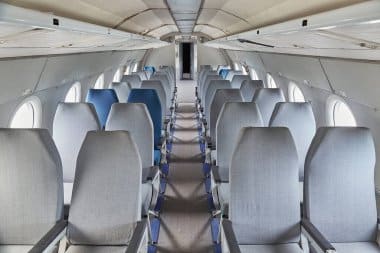As highlighted in Aircraft Interiors Expo Insights in their article “Take Your Seats to the Future of Sustainable Aviation”, the aviation industry’s journey toward decarbonization extends beyond fuel innovation and includes significant strides in cabin interiors, particularly in seating. Aircraft seats, which account for nearly a third of cabin weight, play a crucial role in enhancing sustainability by reducing indirect emissions.
According to Cirium, global CO2 emissions from passenger flights reached 728 million tonnes in 2023, with forecasts suggesting this figure will rise above the 2019 peak in 2024. While newer aircraft models are improving overall efficiency, the industry must adopt circular models in seat production to achieve net-zero goals by 2050.
Key Approaches to Sustainable Aircraft Seating:
- Weight Reduction:
Reducing seat weight remains a priority for manufacturers. Lighter materials help lower fuel consumption, making flights more efficient. Airbus’s Ingo Wuggetzer emphasizes that achieving sustainability requires a holistic design approach, incorporating repairable parts and recyclable materials. - Circular Design:
Transitioning from a linear production model (“take, make, dispose”) to a circular process is critical. Elina Kopola of the Green Cabin Alliance highlights the importance of adopting regenerative processes and reducing waste throughout the lifecycle of aviation seats. - Innovative Materials:
Companies like Recaro Aircraft Seating are pioneering with concepts such as the “R Sphere” seat, which incorporates recyclable materials like cork, wood, and fishing nets. Similarly, Gen Phoenix, in partnership with Sabeti Wain Aerospace, has introduced aviation’s first closed-loop seat cover that can be recycled at the end of its life into new material without compromising performance. - Data-Driven Sustainability:
Tracking material choices and their environmental impact is key to sustainable design. Digital databases now enable designers to select bio-based, plastic-free, and lightweight materials during the development phase.
What’s Next in Aviation Textiles?
As the industry embraces bio-based, recycled, and plastic-free materials, the focus will increasingly shift to smart, sustainable design practices. Future seating innovations will prioritize longevity, recyclability, and minimal environmental impact, supporting the broader goal of a circular economy.
Click here to learn more about Acme Mills’ innovative textile solutions.
Article with all rights reserved, courtesy of aircraftinteriorsexpo.com.










